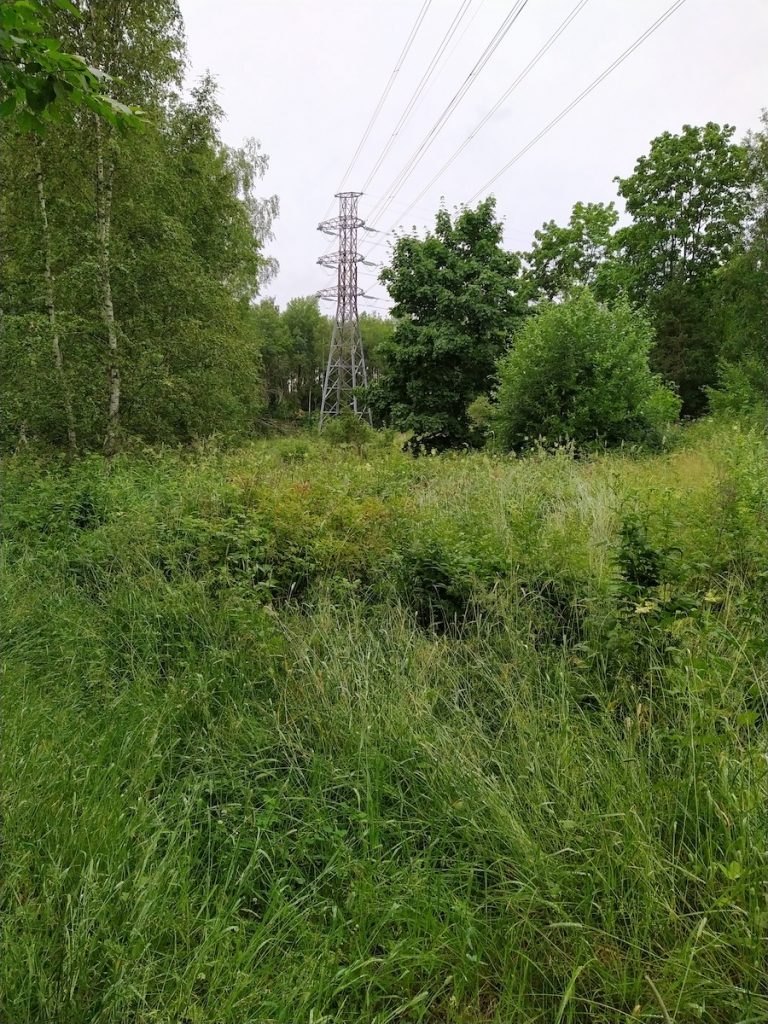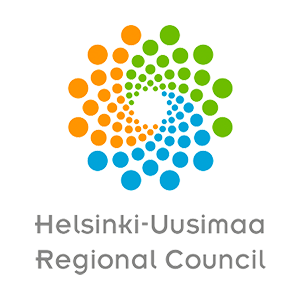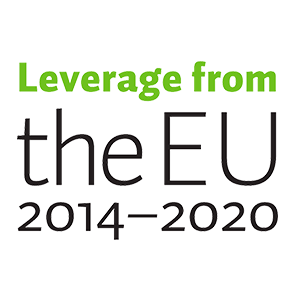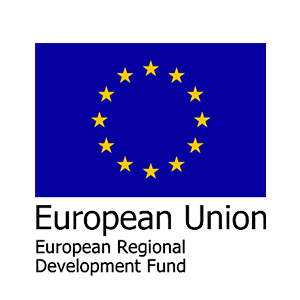
How can nature-based solutions be used to advance carbon neutrality and preparedness for climate change in industrial areas?

Nature-based solutions for industrial areas
urban planning, green coefficient, carbon sink, preparedness, biodiversity, green waste, circular economy
Industrial areas typically have a large surface area of roofs and paved areas, which accentuates the adverse effects of climate change, such as floods and heat waves. In the Blue Industry Park in Turku, the management of storm water and floods is seen as particularly important even though nature-based solutions for preparing for climate change also increase the number of carbon sinks, makes the environment more enjoyable and protects endangered species.
This concept is right for you if
- you are planning a carbon-neutral industrial area;
- you are looking for ways to prevent the adverse effects of climate change and/or biodiversity loss; or
- you are interested in circular economy solutions in green space management.
BASIC FACTS
- Location: Blue Industry Park, Turku
- Industrial area life cycle: planning stage, infrastructure construction stage
- Organisers: city of Turku and students in the Circular Economy 2.0 course at Turku University of Applied Sciences
Urban planning ensures competitiveness and preparedness for change
The key objectives of the Turku City Strategy are the well-being and activity of citizens and competitiveness and sustainable growth of businesses. Competitiveness is built on dynamic businesses and the fact that companies want to operate in the city. By offering companies a competitive and business-friendly operating environment, the city also attracts international talent and organisations. Support for company service production and innovation-promoting networks will also contribute to the development of circular economy and the creation of jobs.
The city’s operating environment is changing due to climate change, digital transformation and positive structural change. This means that urban planning must stay ahead of this change. The fight against climate change means that energy efficiency and resource wisdom must be taken into account in all planning and activities. It is also important to protect biodiversity, and the significance of this will only become clearer as the city adapts to future changes and tries to mitigate their impact. The city is committed to reducing the environmental load from nutrient runoffs that intensify eutrophication and emissions from ships and boats as well as improving its oil spill preparedness.
Carbon-neutral and resource-wise Turku improves operating environment for businesses
Turku is aiming for carbon neutrality by 2029 and resource wisdom by 2040. How well these ambitious targets are met depends partly on businesses. It is estimated that the city of Turku can achieve around half of the required emissions reductions by making changes to its practices, while the remaining reductions must come from businesses and residents.
When planning for an industrial area, the city can decide to create a business-friendly operating environment that enables carbon-neutral and resource-wise operations. The city aims to develop a functional urban structure and sustainable and seamless logistics and personal transportation while taking into consideration the internal solutions of the industrial area and the way the area is connected to the surrounding city through traffic, energy and services.
Energy use and production for heating, cooling and electricity accounts for around half of Turku’s emissions (in 2020). The city’s energy system reform will enable companies to use fossil-free district heating based on renewable sources. A frictionless licensing process for solar energy and the continuous development of smart energy solutions boost carbon-neutral energy production and circular economy.

The protection of carbon sinks starts at the drawing board
All the work done at an industrial area’s founding stage, such as felling trees, blasting rocks and earthmoving, affects the area’s nutrient cycle, carbon balance and water economy. The nature inventory carried out at the planning stage will identify valuable nature types and habitats to be saved but most of the area’s carbon sinks and stocks will be cleared off. For the area’s carbon balance, this will mean a negative balance from the outset.
The planning stage is the most important stage when striving to create a carbon-neutral and resource-wise industrial area. Nature-based solutions, trees and green spaces are used to manage storm water and to minimise urban heat islands, for example. Implementing the principles of circular economy can bring savings in green space management. Some nature-based solutions do not require areas to be protected from construction altogether but the solutions can be implemented so that areas are efficiently used while retaining some of the particularly valuable elements of nature. High biodiversity and enjoyable surroundings also increase the value of an area in the eyes of its users and visitors alike.

TAKE-HOME MESSAGES
- The protection of carbon sinks must be ensured at the planning stage.
- “Green coefficient” is a useful tool for planners that can be used in the planning of nature-based solutions.
- Nature-based solutions and green space management can ensure high biodiversity even in densely built-up areas.
“Nature-based solutions for adapting to climate change can be developed and implemented even further (including in densely built-up areas).”
– The climate impact report for the Turku Master Plan 2029, CANEMURE project




